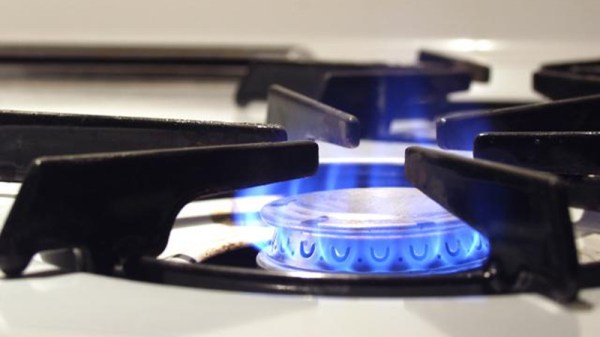Gas cooktops have several benefits, being able to deliver heat near-instantly, while also being highly responsive when changing temperature. However, there are risks involved with both open flames and the potential of leaving the gas on with the burner unlit. After a couple of close calls, [Bob] developed a simple solution to this safety issue.

Most commercial products in this space work by detecting the heat from the cooktop, however this does not help in the case of an unlit burner being left on. [Bob]’s solution was to develop a small round PCB that sits behind the oven knobs. Magnets are placed on the knobs, which hold a reed switch open when the knob is in the off position. When the knob is turned on, the reed switch closes, powering a small microcontroller which beeps at regular intervals to indicate the burner is on.
It’s a tidy solution to a common problem, which could help many people – especially the elderly or the forgetful. It integrates neatly into existing cooktops without requiring major modification, and [Bob] has made the plans available if you wish to roll your own.
On the other end of the scale, you might want an alarm on your freezer, too.













